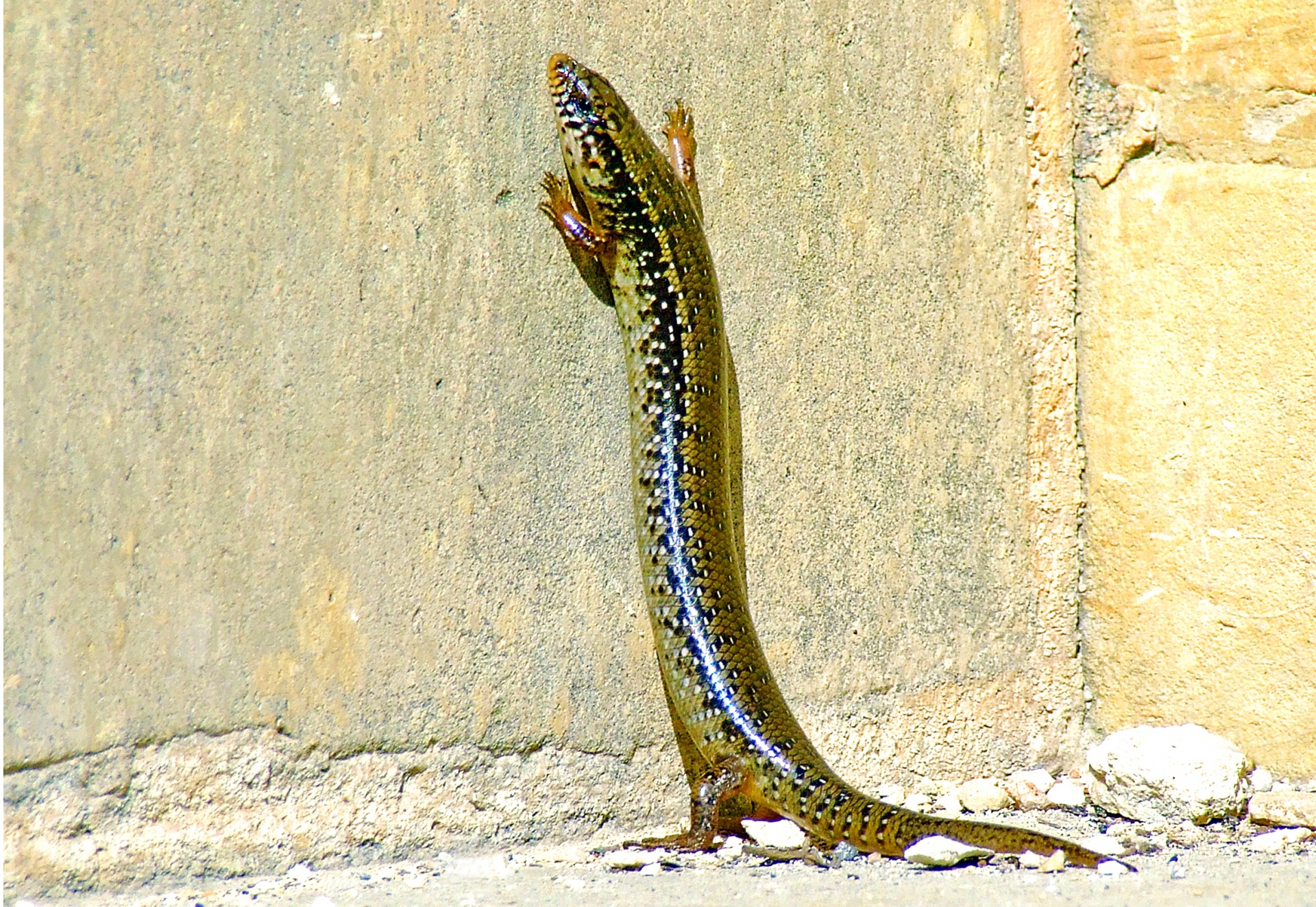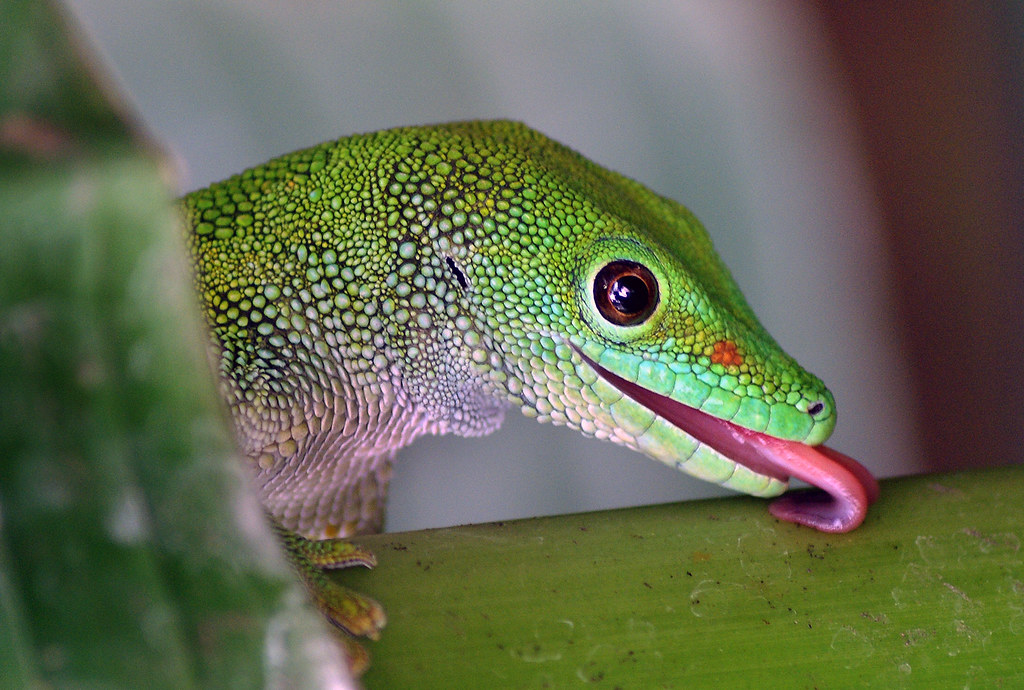
Long Tailed Lizard Care: A Guide to Keeping Your Reptile Happy and Healthy
Long tailed lizards, also known as Takydromus sexlineatus, are fascinating reptiles that make great pets. With their sleek bodies and stunning long tails, these lizards can bring a touch of exotic beauty to your home. However, proper care is crucial to ensure their well-being. In this guide, we will cover everything you need to know about long tailed lizard care, from setting up their habitat to maintaining their health.
Housing Setup
Creating a suitable habitat for your long tailed lizard is the first step to ensuring their happiness and longevity. Here are the key elements for their housing setup:
-
Terrarium Size: Long tailed lizards require a spacious enclosure to roam and climb. Aim for a terrarium that is at least 36 inches long, 18 inches wide, and 24 inches tall.
-
Substrate: Provide a substrate that mimics their natural environment, such as reptile carpet, bark chips, or coconut fiber. Avoid using small particles that can be accidentally ingested.
-
Temperature and Humidity: Maintain a temperature gradient within the terrarium by using a heat lamp or heating pad. The basking area should be around 85-90°F, while the cooler side should stay around 75-80°F. Keep humidity levels around 40-60% by misting the terrarium daily.
-
Lighting: Long tailed lizards need access to UVB lighting to properly metabolize calcium and prevent diseases like metabolic bone disorder. Use a UVB fluorescent light and provide a 12-hour light-dark cycle.
-
Decor and Hiding Spots: Include a variety of climbing branches, rocks, and plants to create a stimulating environment. Also, provide multiple hiding spots to give your lizard a sense of security.
Feeding and Nutrition
A balanced diet is crucial for the health of your long tailed lizard. Follow these feeding guidelines to ensure their nutritional needs are met:
-
Insect-Based Diet: Long tailed lizards are insectivores, so the majority of their diet should consist of appropriately sized live insects like crickets, mealworms, and dubia roaches.
-
Supplements: Dust the insects with a calcium supplement at every feeding to prevent calcium deficiency. Additionally, provide a multivitamin supplement once or twice a month.
-
Feeding Schedule: Feed your long tailed lizard 2-3 times a day when they are young, reducing to once a day for adults. Offer an amount of insects they can consume within 15-20 minutes and remove any uneaten prey.
-
Water: Provide fresh, chlorine-free water in a shallow dish that is easy to access. Mist the enclosure daily to ensure proper hydration.
Handling and Enrichment
Proper handling and enrichment can strengthen the bond between you and your long tailed lizard. Follow these tips for a positive interaction experience:
-
Gentle Approach: Handle your lizard with care and avoid grasping their tail, as it may detach as a defense mechanism. Instead, support their body and let them move freely on your hands.
-
Socialization: Gradually introduce your long tailed lizard to short handling sessions, slowly increasing the duration as they become more comfortable. This will help them acclimate to human interaction.
-
Environmental Enrichment: Stimulate your lizard’s mind by providing different climbing surfaces, hiding spots, and even a small shallow water dish for soaking.
-
Observation: Spending time observing your long tailed lizard will allow you to learn their behaviorial patterns, recognize any abnormalities, and address their needs promptly.
Health and Veterinary Care
Regular health check-ups and prompt veterinary care are essential for maintaining the well-being of your long tailed lizard. Watch for these signs of a healthy lizard:
- Active and alert behavior
- Healthy appetite
- Clear eyes and nostrils
- Shedding properly
- Regular bowel movements
If you notice any changes in their behavior or physical appearance, consult a reptile veterinarian experienced in long tailed lizard care. They can provide advice, diagnose any potential health issues, and recommend appropriate treatments.
Remember, responsible ownership and providing proper care are the keys to keeping your long tailed lizard happy and healthy. By following the guidelines mentioned in this guide and staying attentive to their needs, you can enjoy the companionship of your long tailed lizard for years to come.
For more information, check out our lizard care guide for a comprehensive resource on reptile care tips and advice.
*Disclaimer: This blog
Keep Reading

Lizard Care: Expert Tips for Water Dragon Care
Are you considering getting a water dragon as a pet? These fascinating reptiles require specialized care to thrive in captivity.

House Gecko Care: The Complete Guide to Keeping Your Lizard Happy and Healthy
Are you considering getting a house gecko as a pet? These fascinating creatures make great companions, but before bringing one home, it's essential to understand their unique needs and provide proper care.